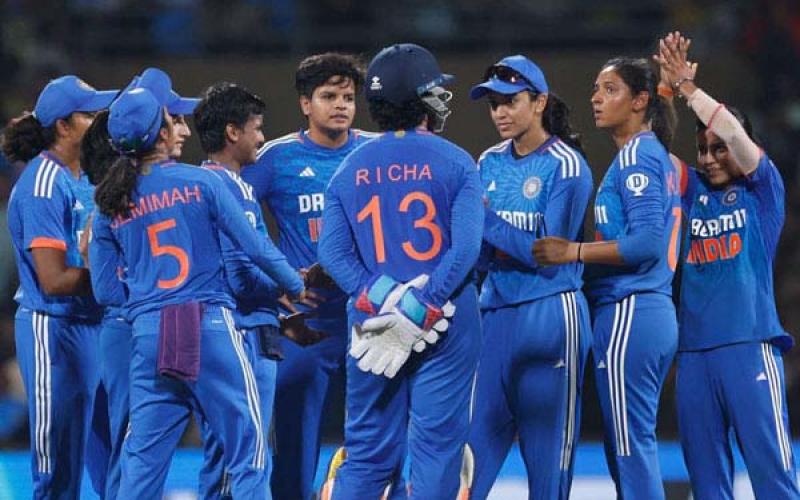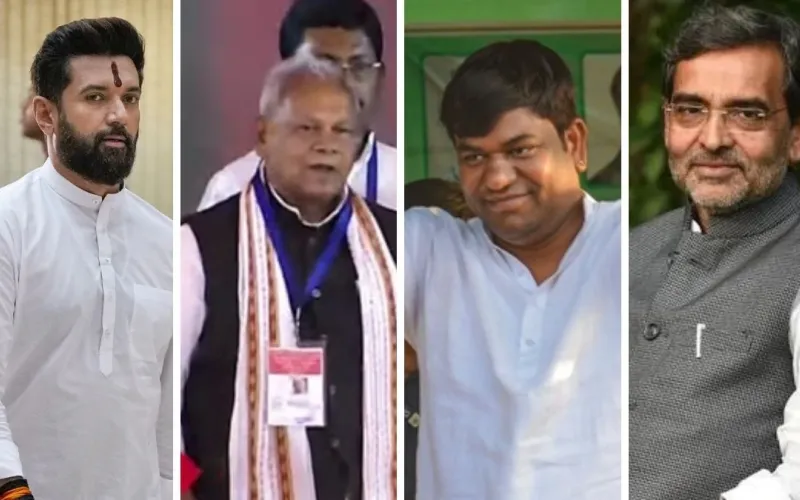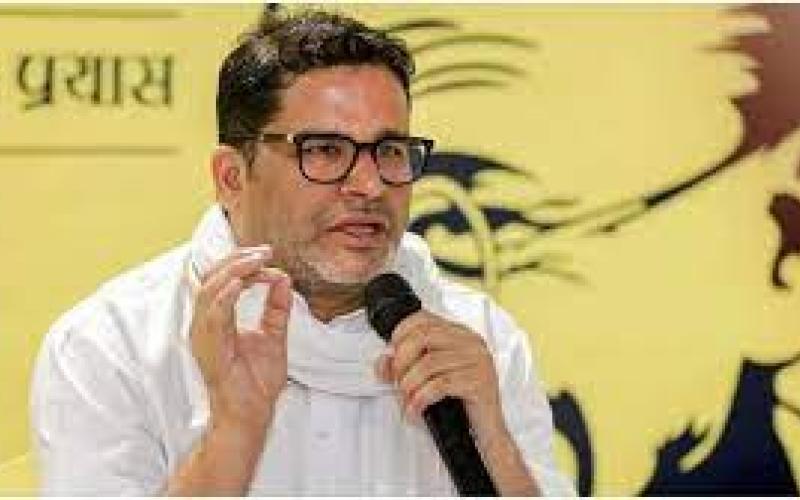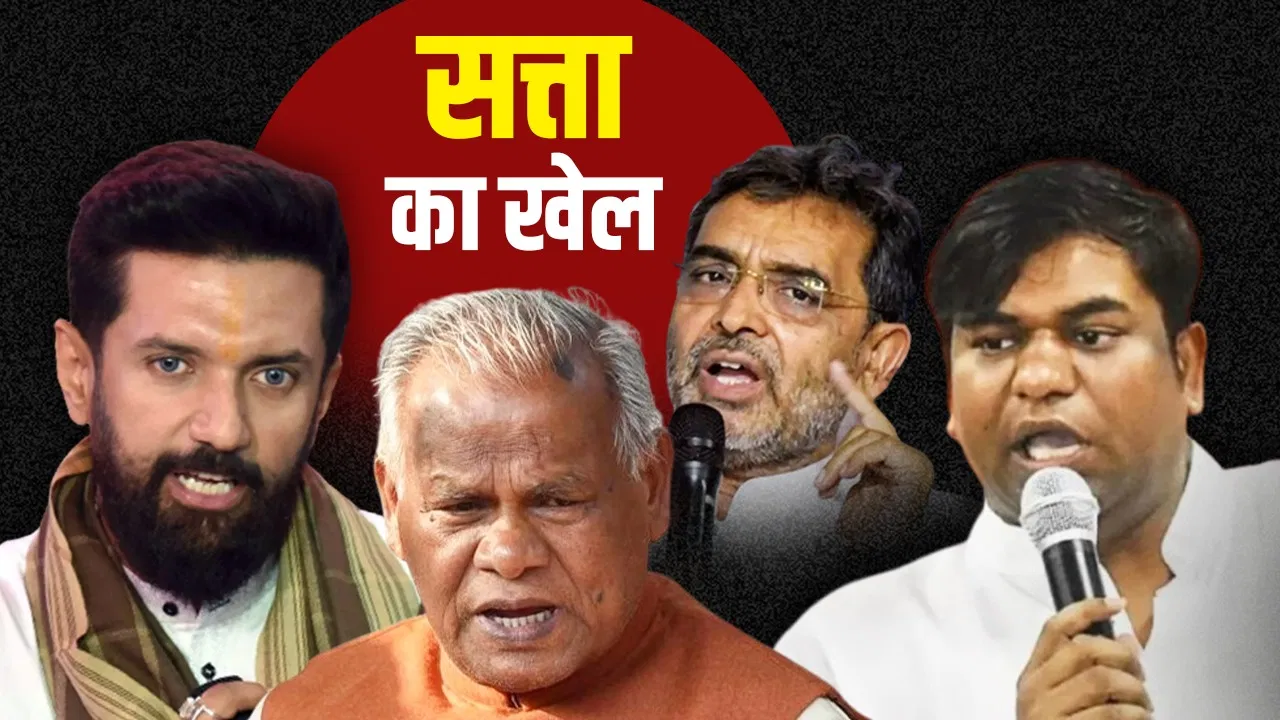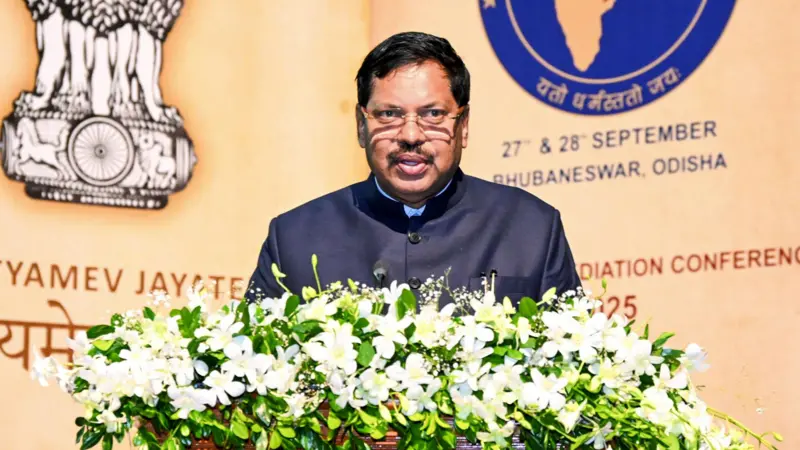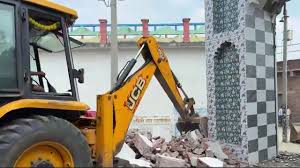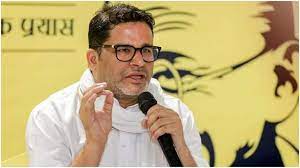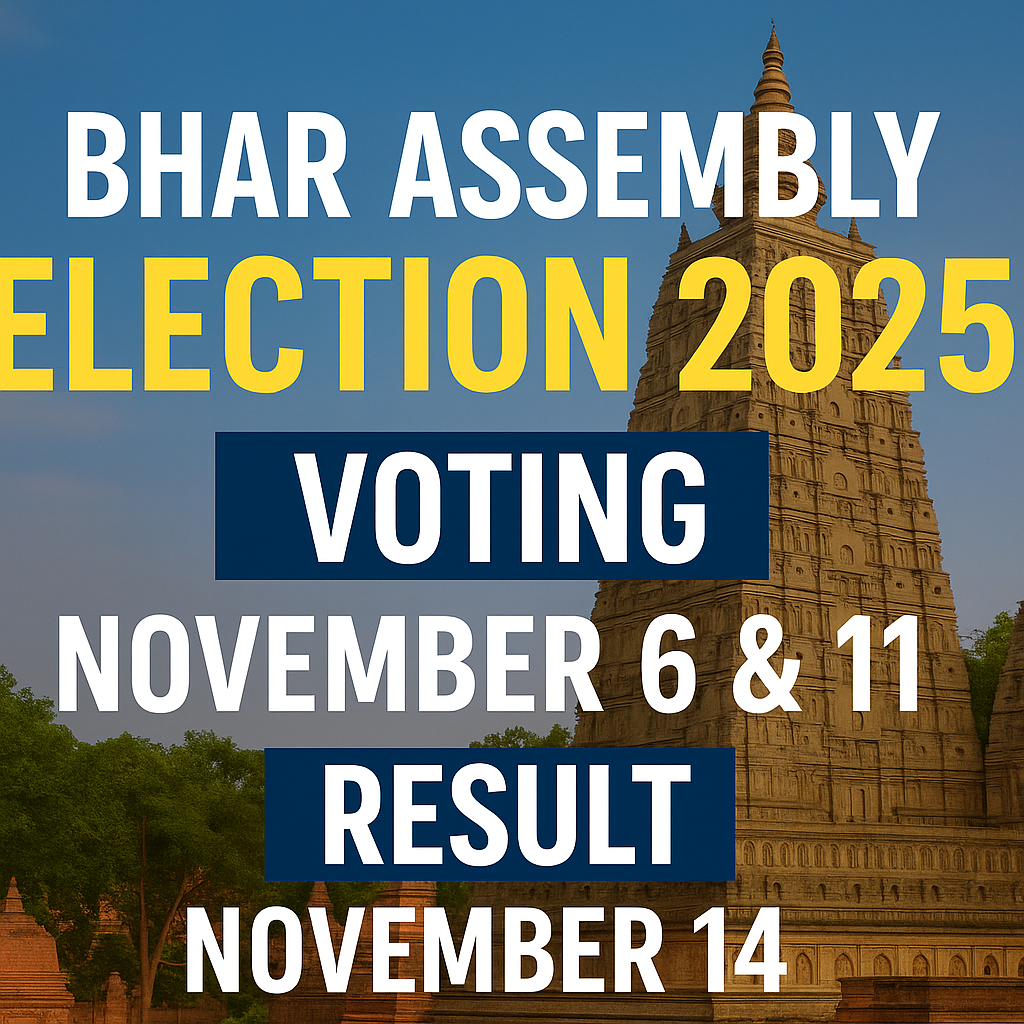The Election Commission of India (ECI) has sounded the poll bugle for the Bihar Assembly Election 2025. In a press conference on Monday, Chief Election Commissioner Gyanesh Kumar not only announced the poll schedule but also introduced 17 groundbreaking reforms aimed at making this election the most transparent, technology-driven, and voter-friendly in the country’s history.
Bihar will be the testing ground for these innovations, which could later be implemented nationwide.
🗓️ Poll Schedule and Key Dates
The 2025 Bihar Assembly election will be conducted in two phases:
Phase 1 Voting: November 6, 2025
Phase 2 Voting: November 11, 2025
Counting of Votes: November 14, 2025
Unlike the 2020 election, which was held in three phases, this time the Commission decided on two phases to ensure better security, logistics, and resource management.
📊 Voter Statistics and Polling Booth Details
According to the Election Commission:
Total voters: 7.43 crore (approx. 74.3 million)
Men: 3.85 crore
Women: 3.56 crore
Third gender: 10,800+
Polling booths: over 90,000 across the state
Average voters per booth: 818
Model booths: 1,350 booths will be “Model Polling Stations,” equipped with digital displays, medical help, ramps, and rest areas.
⚙️ 17 New Initiatives by the Election Commission
Chief Election Commissioner Gyanesh Kumar announced 17 innovative reforms to be implemented in the Bihar polls — a mix of technology, transparency, and accountability.
1️⃣ 100% Live Webcasting
Every polling booth in Bihar will be covered under live webcasting, ensuring real-time monitoring and immediate response to any irregularity.
2️⃣ Mandatory VVPAT Counting
If there’s any mismatch between EVM vote counts and data units, the VVPAT slips will be fully counted for that booth.
3️⃣ Early Counting of Postal Ballots
Postal ballots will now be counted before the last two rounds of EVM counting to maintain transparency in the final results.
4️⃣ Digital Voter Index Card
Every voter will receive a digital voter index card, securely storing basic polling information and history.
5️⃣ New EPIC Card in 15 Days
Voter ID cards (EPIC) will now be issued within 15 days of application approval, reducing bureaucratic delays.
6️⃣ “ECI-Net” Unified Platform
A one-stop digital platform connecting all election data — polling stations, candidates, and voter services — through a single window.
7️⃣ 1200 Voters Per Booth Limit
To control overcrowding, each booth will accommodate no more than 1200 voters.
8️⃣ Color Photos and Larger Fonts on EVMs
Candidate names and photos on the EVM ballot units will now appear in color and larger font sizes, aiding clarity for rural and senior voters.
9️⃣ Accessibility for Senior Citizens and PWD Voters
All booths will provide wheelchairs, ramps, and medical help desks for persons with disabilities and elderly voters.
🔟 Women-Managed Polling Booths
The number of all-women polling booths has been doubled, and these will be staffed entirely by female officers and security personnel.
11️⃣ Youth Assistance Desks
Special help desks will guide first-time voters aged 18-21, making the registration and voting process smoother.
12️⃣ Social Media Monitoring Cell
A new Social Media Watch Cell will monitor digital platforms for violations of the Model Code of Conduct.
13️⃣ CCTV and GPS Tracking
Movement of EVMs and polling materials will be tracked by GPS, while storage rooms will remain under 24×7 CCTV surveillance.
14️⃣ “ECI Bihar Tracker” Mobile App
Through this app, voters can find their booth location, view candidate details, and lodge complaints online.
15️⃣ “My Vote, My Pride” Awareness Campaign
An extensive outreach program with school, college, and street-level voter awareness drives to boost participation.
16️⃣ Strict Scrutiny of Voter Lists
Any irregularity in the voter list will trigger an immediate investigation. A recent case from Muzaffarpur’s Mohanhpur village prompted stronger oversight.
17️⃣ Accountability of Polling Officers
If misconduct or negligence occurs at any booth, the concerned officer will face disciplinary action without delay.
📱 Digital Voter Services
The Commission has launched several digital facilities to assist voters:
1950 Helpline: Dial 1950 (with district STD code) for voter-related queries.
Call-BLO Service: Voters can contact their Block Level Officer directly via phone.
Online Verification: Through the ECI-Net App, voters can verify their registration and address details from home.
🛡️ Security and Administrative Preparedness
To ensure peaceful voting, more than 500 companies of paramilitary forces will be deployed across Bihar. Sensitive and hyper-sensitive constituencies have already been identified.
Each polling station will have security personnel, a magistrate, and video recording teams on duty, ensuring quick action in case of disturbances.
📜 Voter List Revision Process
The Special Summary Revision (SIR) process began on June 24, 2025.
Draft voter lists were published on August 1.
Claims and objections were accepted until September 1.
The final voter list was released on September 30.
Voters still finding discrepancies may file an appeal to the District Election Officer for correction.
👥 Political Landscape and Party Preparations
Tejashwi Yadav (RJD) said seat-sharing talks within the Mahagathbandhan alliance are in the final stage and that people are ready for change.
Ranjeet Ranjan (Congress) emphasized education, women’s safety, and employment as the party’s central campaign themes.
The Aam Aadmi Party (AAP) has already announced its first list of candidates.
The JD(U)-BJP NDA alliance, led by Chief Minister Nitish Kumar, will focus on governance, development, and law and order.
Political analysts believe this election will hinge on young voters, women, and minority-Dalit alliances — each of which could tilt the balance in Bihar’s 243-seat Assembly.
🧠 Analysis: Bihar as India’s Electoral Laboratory
Bihar has long been known as the testing ground for democratic innovations. In 2015, the state pioneered the large-scale use of VVPAT machines.
Now, in 2025, it will be the first to implement a fully digital, web-enabled, and data-linked voting system.
These reforms are expected to strengthen faith in the electoral process by:
Making booth capturing virtually impossible with GPS and live webcasting.
Reducing counting disputes through VVPAT verification.
Empowering voters via real-time digital access to election data.
If successful, this model could be replicated in the 2026 elections in Assam, Uttarakhand, and Punjab.
🔒 Transparency, Security, and Voter Empowerment
The Commission aims to transform Bihar’s election into a model of “Smart, Safe, and Transparent Voting.”
By integrating modern surveillance, voter apps, and strict accountability, the ECI hopes to set a global standard for credible democratic practice.
🗣️ Chief Election Commissioner’s Statement
“We chose Bihar to launch these reforms because it represents the grassroots of Indian democracy,”
said Chief Election Commissioner Gyanesh Kumar.
“If these innovations succeed here, they will redefine elections across India.”
He added that the goal is to make elections faster, cleaner, and more accessible for every citizen.


